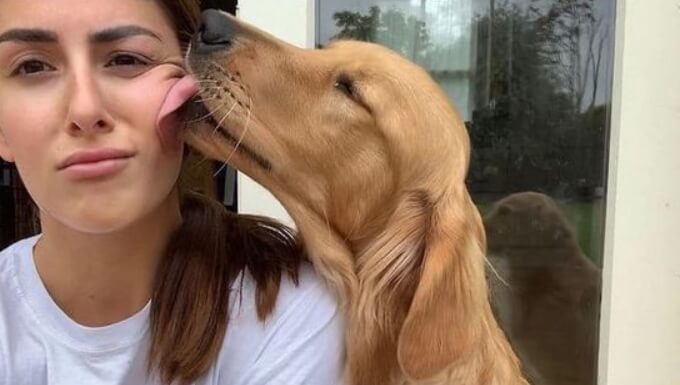Why Dogs Bark at Some People But Not at Others
Dogs often display varying reactions when encountering new people. Their responses, which can range from alertness to growling or barking, can suggest aggression, defensiveness, or anxiety. But why do dogs react differently to different individuals?
Let’s explore some possible explanations and strategies to prevent such behavior.
Contents Table
1. Unfamiliarity Breeds Fear:
One common reason for a dog’s adverse reactions to certain individuals is the introduction of something new. Dogs that haven’t been adequately socialized may find every encounter with strangers daunting, as it brings unfamiliar smells, appearances, and behaviors. Even well-socialized dogs might feel anxious and insecure in unfamiliar situations.
Dogs are more likely to bark at people who possess more unfamiliar traits, particularly in terms of smell and appearance.
2. Perception of Threatening Features:
People vary in size, appearance, and movement, all of which can appear intimidating to dogs. Some elements that might make a dog uneasy include:
- Accessories like hats and sunglasses that obscure a person’s face
- Facial hair
- Tall stature
- A deep voice
- Specific body language, such as direct and intense eye contact or staring
- Strong odors, such as smoke or even the scents of shampoo, perfume, deodorant, or food
Any combination of these factors can make a dog feel nervous. Some dogs may generally fear adult men more due to their “unusual” features, such as height, deep voices, and facial hair.
3. Negative Associations:
Dogs may react negatively to people who trigger bad memories or associations. Certain individuals might appear frightening because they remind the dog of past traumatic experiences or abuse. Dogs can develop a general distrust for specific features or genders based on these associations.
4. Protective Instincts:
Dogs, particularly guarding breeds like mastiffs and herding or terrier breeds, can be territorial and protective of their owners. They might react aggressively to anyone they perceive as “invading” their space or behaving in a way that seems threatening to their family. Protective behaviors can be triggered by sudden or energetic actions, even if they aren’t necessarily aggressive.
Dogs can also become possessive and act defensively if they witness friendly interactions between their owner and other people.
5. Assessing Human Character:
Dogs are often astute judges of character, capable of discerning whether a person is trustworthy or not. They observe social interactions and react to how people treat their owners. Dogs may show distrust and bark when they perceive unhelpfulness or detect their owner’s negative attitude toward someone.
Additionally, dogs can sense emotions like fear, stress, excitement, and anxiety through the hormonal changes that affect body odor. These intense emotions can make dogs uneasy and lead to barking.
Bonus: How to Prevent These Behaviors?
To reduce these issues later in a dog’s life, proper socialization during puppyhood is crucial. Introduce your puppy to various smells, noises, and people so that as an adult, nothing will surprise them. Exposure to diverse experiences helps puppies grow into more adaptable and mentally stable dogs.
You may like this:
or
If your dog already displays defensive or protective behavior, train them with essential commands like “sit” or “calm down” when new people are around. Repeated training will help your dog respond appropriately without hesitation. Always keep some of their favorite treats on hand as a reward for good behavior.
How do you manage your pets’ unusual behavior? Do you believe dogs can sense people’s intentions?”

